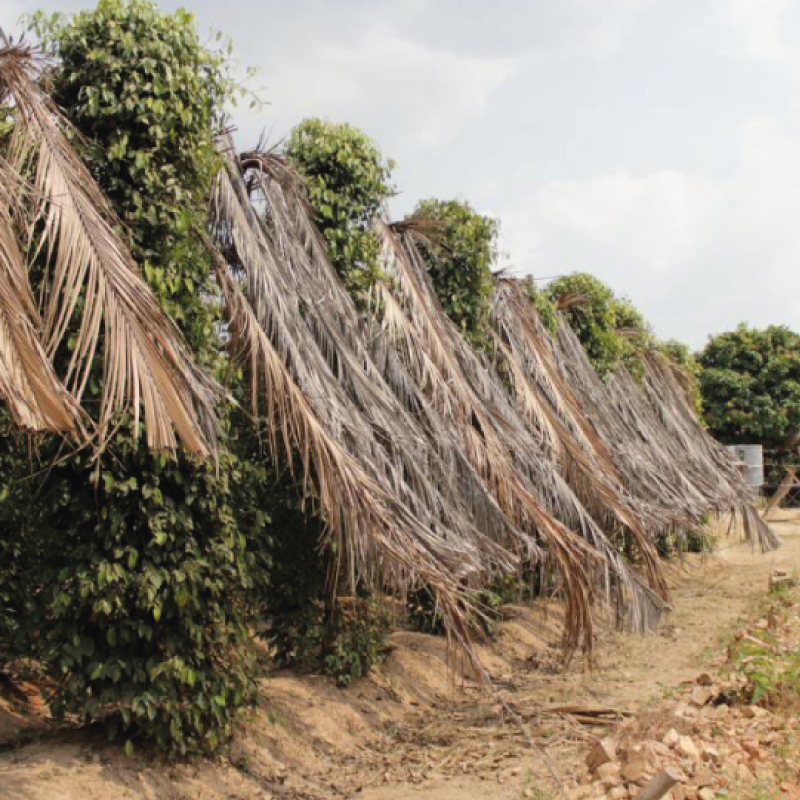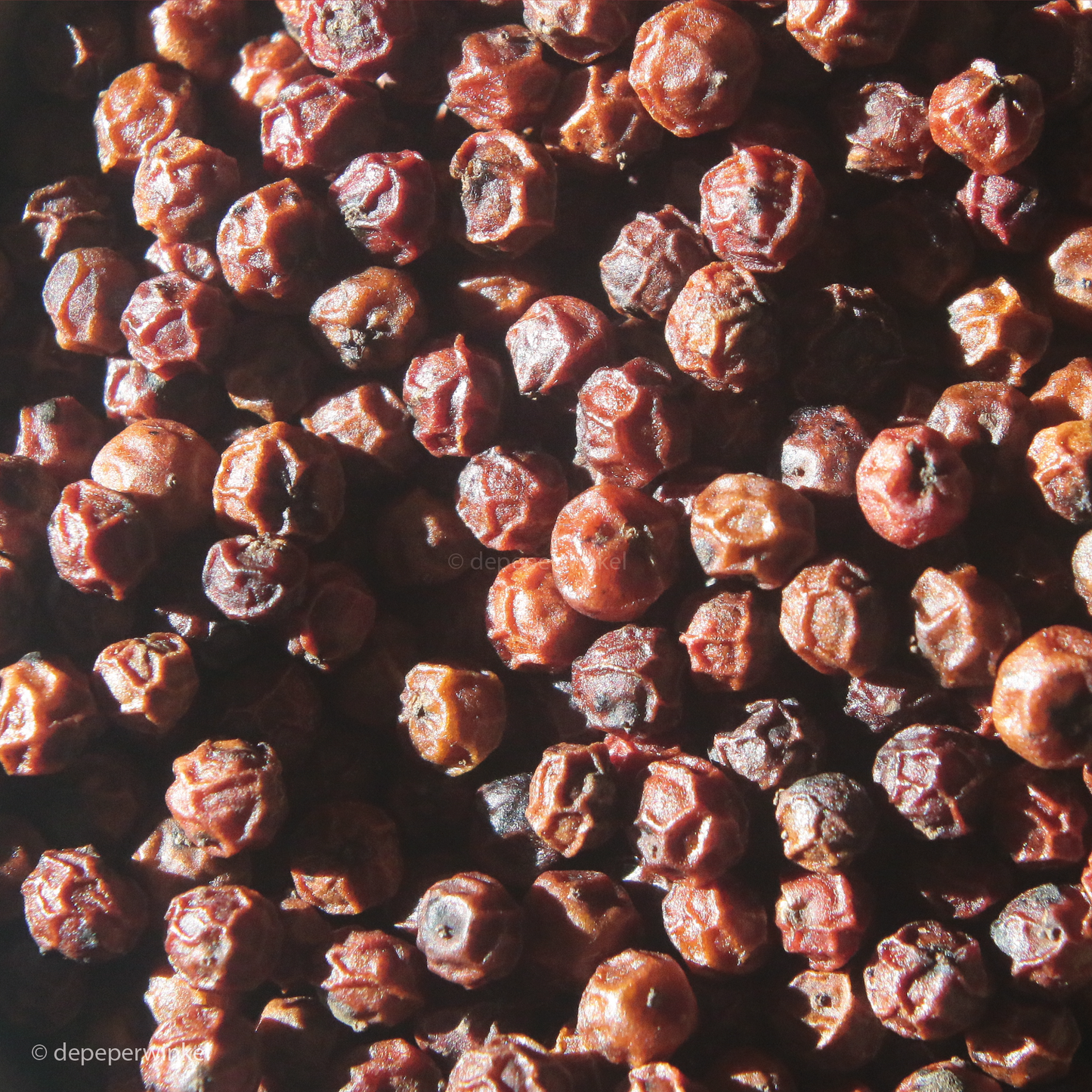depeperwinkel
Red kampot pepper PGI
Red kampot pepper PGI
In stock
Unable to load availability for pickup
The Cambodian red Kampot pepper is visibly derived from the ripe, red fruit. In terms of pungency, it is comparable to the black variety, but it is somewhat sweeter. The pepper contains flavor and scent notes of flowers, eucalyptus and mint.
The Kampot pepper, which is called Mrech Kampot in Khmer, is named after Kampot, a place and region in the south of Cambodia. The peppers come from small-leaved pepper plants of the Piper variety Lampong or large-leaved plants of the Kamchay variety.
Other peppers of the Lampong type are the Muntok pepper from the Indonesian Bangka and Sarawak pepper from Borneo. Lampong peppers carry somewhat smaller berries than most pepper types, often different sizes mixed together.
The red Kampot pepper is given four months to mature after the green peppers are picked, making them sweeter and beautifully coloured.
Kampot pepper is called the world's best pepper, a reputation built on the Indochinese era, when Cambodian pepper was the first choice of any self-respecting French restaurant. Kampot is included in the 'Ark of Taste'.
Our Kampot peppers come from one of the many family businesses with a pepper plantation. These are from farmers who, after the fall of the Khmer Rouge and the withdrawal of the Vietnamese, started growing pepper again instead of rice. Because the Khmer Rouge had focused all its arrows on growing rice, the cultivation of pepper in Cambodia was virtually lost.
The pepper is cultivated there in an age-old way. The land is still irrigated in the traditional way, without the use of pesticides. For the fertilization of the land, only natural raw materials of plants and crayfish are used, which are found on a large scale on the many rice paddies in the area.
Developments
In addition to the protected Kampot pepper IPG, the European market has recently seen more and more peppers offered that come from this region, but outside the quality control of the Kampot Pepper Association.
Usage
Red Kampot pepper is somewhere between black and white pepper. This makes the pepper suitable for all kinds of sauces, tomato dishes, white and red meat, sardines, anchovies, soups and vegetable dishes.
The pepper is a delight in sweet preparations, from chocolate desserts and jams to red fruit desserts.
Features:
- 100% ripe fruits (berries) of the Piper nigrum.
- protected by the European BGA label (international: PGI)
- origin: Kampot region, Cambodia
Assortment
- available in glass, stand-up pouch and test tube
- glass jar contains 60 grams
- stand-up pouches with a capacity of up to 30 to 500 grams
- available in 10 ml test tube
- larger quantities on request
Gift wrapping
- The jar is available in a tasteful gift packaging, consisting of a cube box filled with black tissue paper
- For an overview of our gift packaging, please refer to the gift packaging section
General advice
- grind your pepper shortly before use
- add the ground pepper to your preparation at the very last moment
Save:
- store your kampot pepper in a closed container
- preferably store in a dark, dry and cool place
- at least good until May 2027 (05-2027)
- This expiration date is an indication
Would you like to know what this Kampot pepper tastes like?
You can also try a test tube. The tube contains enough pepper to fathom the flavor essence.
Batch number
The batch number helps us trace which supply an item originates from. It is stated on the packing slip and the invoice

















